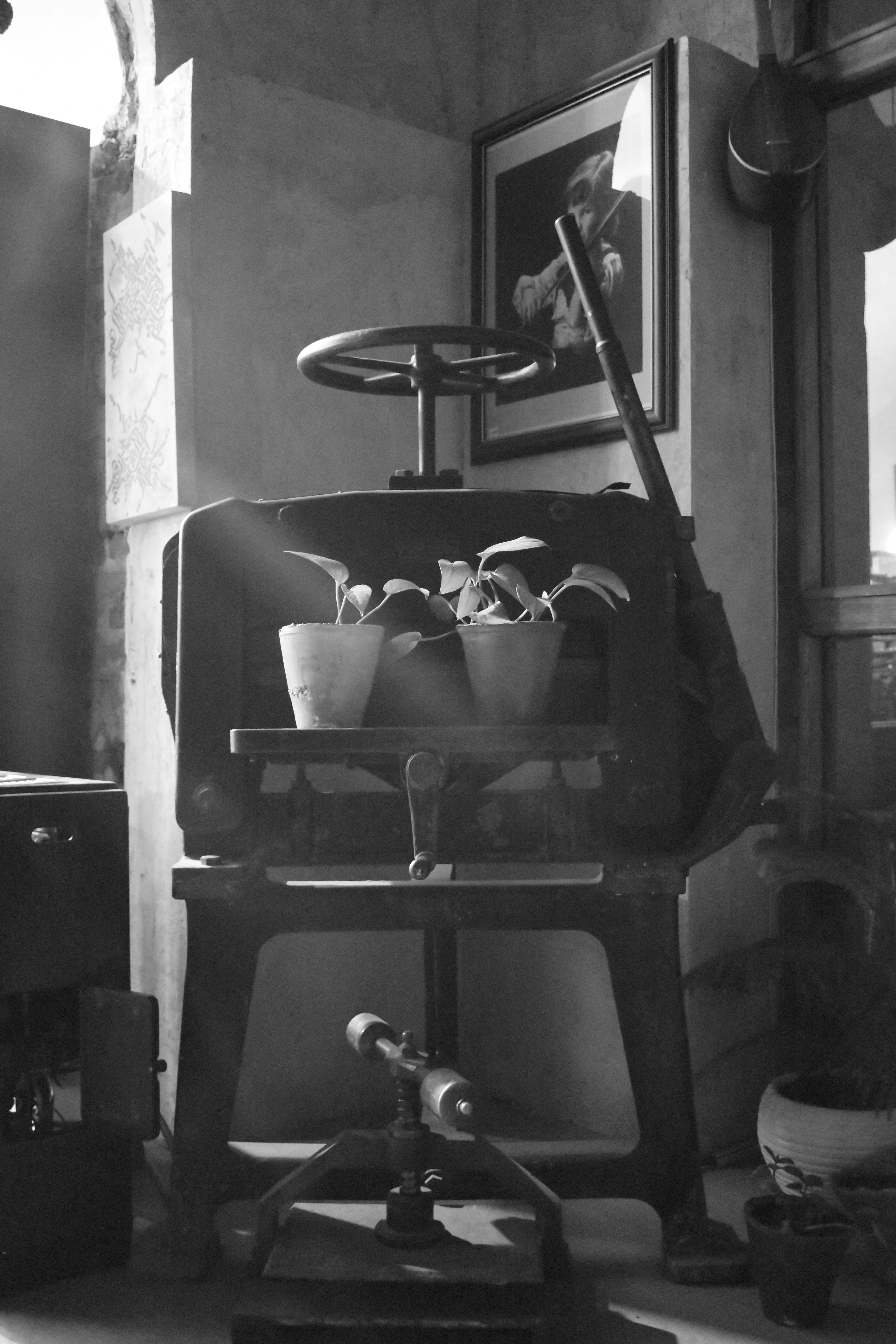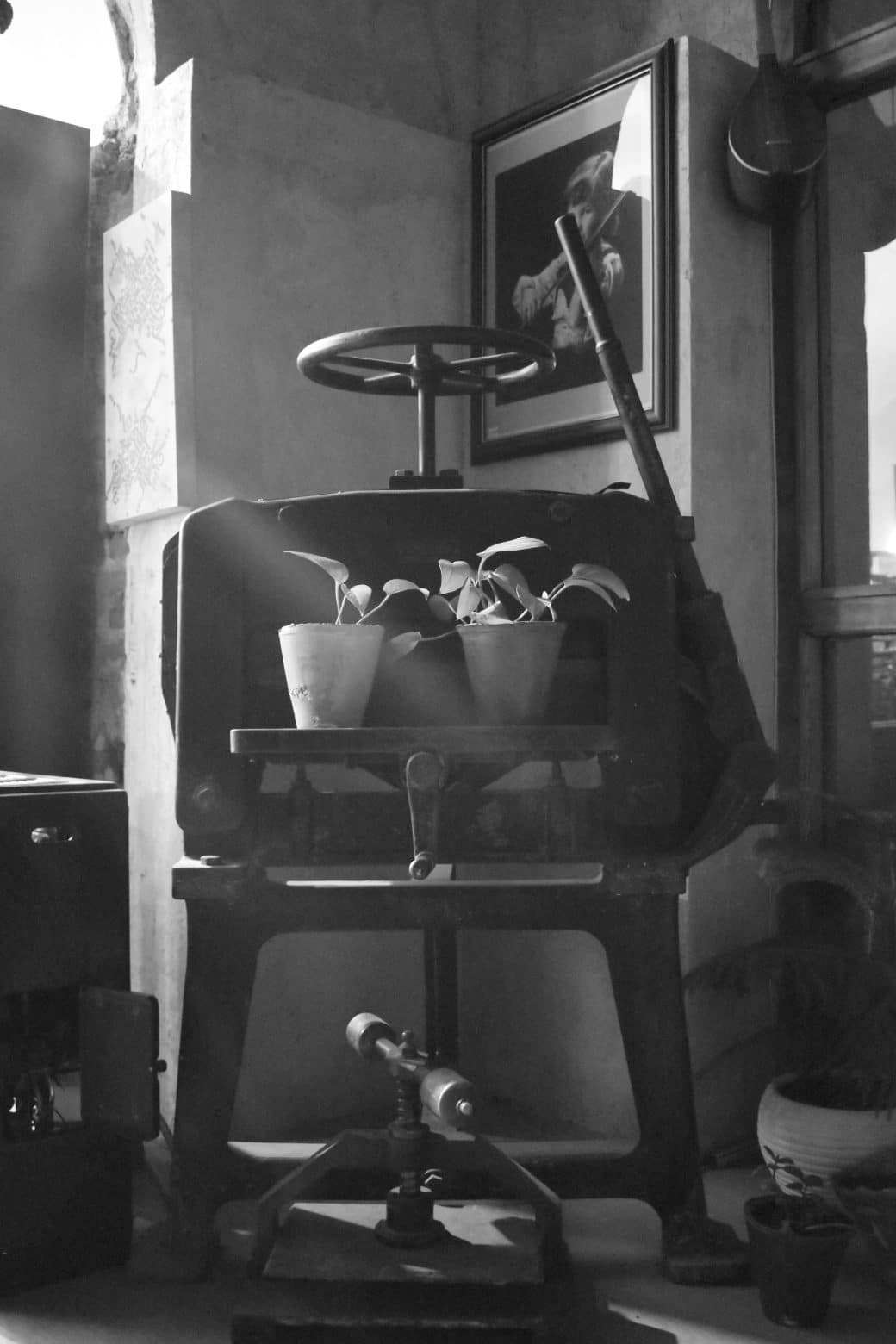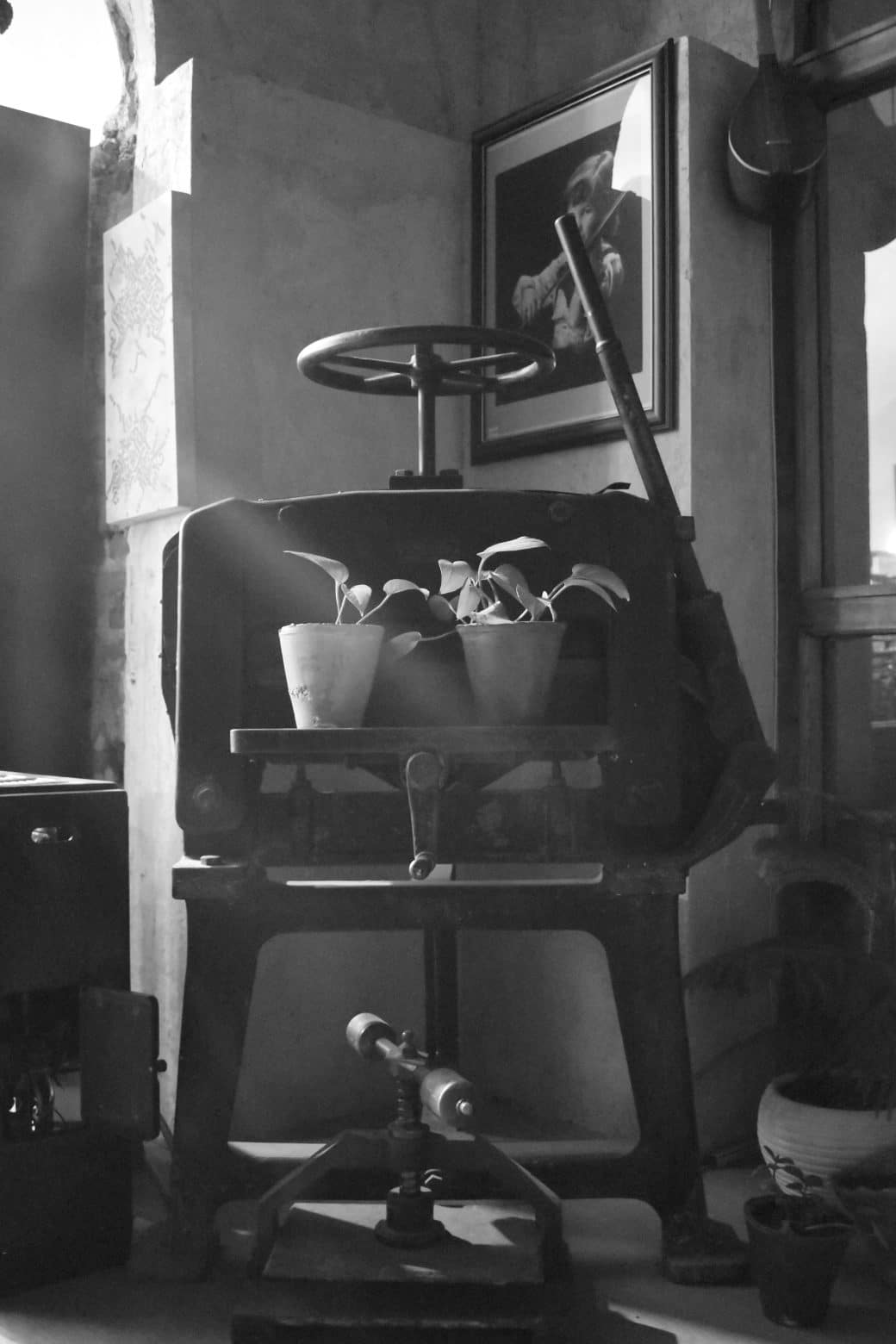Imagine you’ve decided to journey into the enchanting world of bookbinding, turning simple pages into stunning, handcrafted books. Well, I’m here to guide you through this captivating adventure with my “Essential Guide to Bookbinding Tools and Essentials: A Comprehensive Overview for Crafting Enthusiasts.” This guide is your all-in-one resource, offering a deep dive into everything you need to get started. From the basic tools to the lesser-known secrets of the craft, I’ll share my knowledge and passion for creating beautiful books from scratch. It’s all about bringing those pages to life in a way you’ve always dreamed of.

Understanding the Basics of Bookbinding
The History of Bookbinding
Historically, bookbinding was a technique cultivated out of necessity, tracing back to ancient times when the preservation of manuscripts and documents was imperative. My fascination with bookbinding began when I discovered it was an art form that dated back to the Egyptians, who used papyrus and leather to protect their writings. This craft evolved through the ages, with each era bringing its own technological advancements and artistic flourishes. The spread of bookbinding closely mirrored the spread of literacy and learning across the world, making it an integral part of human history.
The Different Types of Bookbinding
Bookbinding comes in various forms, each with its own charm and challenges. The primary types include saddle stitching, perfect binding, case binding, and coptic binding, among others. As I delved deeper into the craft, I appreciated the uniqueness of each method. Saddle stitching, for example, is simple and cost-effective, best suited for small booklets. In contrast, case binding, known for its durability, is typically used for hardcover books. This variety allows me as a bookbinder to choose a method that best suits the project at hand.
Understanding the Bookbinding Process
The bookbinding process is both intricate and fulfilling, involving numerous steps that transform a stack of loose pages into a cohesive, bound book. It begins with the preparation of signatures, followed by the sewing or gluing of these signatures together, and ends with the application of covers. Each step requires precision and patience but results in a handmade book that’s not only functional but also personal. For me, understanding this process was the first significant step towards mastering the art of bookbinding.
Essential Bookbinding Tools
Explanation of the Awl and its Use in Bookbinding
One of the first tools I learned to use was the awl—a simple yet essential instrument for bookbinding. Its primary purpose is to puncture holes through the signatures (group of pages) to prepare them for sewing. A sharp, accurate awl makes the sewing process smoother and ensures the bindings are tight and even. This tool exemplifies how even the most basic utensil is vital in the craft of bookbinding.
The Importance of a Good Quality Bone Folder
A bone folder is another indispensable tool in bookbinding. It’s traditionally made from animal bone, although plastic alternatives exist. I use it to crease folds on paper cleanly or to smooth out edges and corners, ensuring a crisp finish. The tactile experience of using a bone folder and the precision it allows has made it one of my favorite tools in the process.
Choosing and Using a Paper Cutter
For a bookbinder, a reliable paper cutter is worth its weight in gold. It allows for the cutting of large sheets of paper down to size with clean, straight edges—a crucial step for book making. I’ve learned that a good quality paper cutter saves time and reduces waste, making it a valuable investment in my bookbinding projects.
Rulers, T-Squares and Set Squares: Their Roles in Bookbinding
Precision is key in bookbinding, and that’s where rulers, T-squares, and set squares come into play. I use these tools for measuring and ensuring that each cut and fold is exact, which is essential for the final aesthetics of the book. These tools ensure symmetry and alignment, which are crucial for a professionally finished product.
Scissors and Utility Knives in Bookbinding
Every bookbinder needs a good pair of scissors and a utility knife. Scissors are great for quick, less precise cuts, while a utility knife provides the accuracy needed for cutting cover materials or trimming edges. It’s important to keep these tools sharp for clean cuts, reducing the risk of damaging materials.
The Use of Bookbinding Needles
Bookbinding needles are another fundamental tool. They vary in size and shape, designed to accommodate different types of thread and paper thicknesses. Using the right needle makes sewing signatures much easier and results in a stronger, more durable bind.
Understanding the Role of Glue Brushes
Glue brushes are essential when applying adhesives in bookbinding, especially in perfect or case binding. A good brush allows for an even distribution of glue, eliminating bubbles and preventing the pages from warping. I’ve found that having a variety of brush sizes is handy for different stages of the binding process.
How to Use a Bookbinding Press
A bookbinding press, while not absolutely necessary, drastically improves the quality of the final product. It applies even pressure to the book, ensuring a solid bind and flat pages. My first press was homemade, cobbled together from scrap wood and bolts. Even this simple device significantly enhanced the professionalism of my projects.

Bookbinding Materials
Selection of Bookbinding Threads
The selection of bookbinding threads is crucial, as the durability of the book depends significantly on the thread’s quality. Linen thread is my go-to due to its strength and reliability, though other materials like polyester can also be suitable depending on the project. The key is to choose a thread that won’t degrade or break over time, securing the book’s longevity.
Understanding Different Types of Bookbinding Paper
Paper selection can dramatically affect a book’s look, feel, and functionality. From the absorbent, textured papers ideal for watercolor books, to the smooth, durable papers used in textbooks, each type serves a purpose. As I’ve explored various papers, I’ve learned that the weight, grain, and finish of the paper can all impact the bookbinding process and the final outcome.
Selecting the Right Glue for Bookbinding
Not all glues are created equal, especially when it comes to bookbinding. PVA glue is a popular choice due to its flexibility, longevity, and non-yellowing properties. It’s important to use a glue that adheres well but also allows some flexibility in the spine to ensure the book opens and closes properly. Selecting the right glue is pivotal for a durable, high-quality book.
Uses of Bookbinding Cloth
Bookbinding cloth, often used for covering the exterior of hardcover books, adds a touch of elegance and durability. It comes in various textures and colors, allowing for endless creative possibilities. I’ve found that using a high-quality bookbinding cloth not only enhances the book’s appearance but also significantly increases its resistance to wear and tear.
The Importance of Quality Bookbinding Boards
The boards used for the book cover provide structure and protection. Choosing the right thickness and material is essential for the book’s durability. I typically opt for dense cardboard or specialized book board, ensuring the book withstands regular use while maintaining its form.
Processes and Techniques of Bookbinding
The Various Methods of Bookbinding
As I mentioned before, there are several methods of bookbinding, each suited to different types of projects. Learning and mastering these methods has allowed me to tackle a wide range of bookbinding projects, from simple pamphlets to complex, multi-signature hardcover books. Each method has its quirks and challenges but mastering them adds valuable tools to my bookbinding arsenal.
Hand Sewing Techniques in Bookbinding
Hand sewing is one of the most satisfying aspects of bookbinding for me. It connects me to centuries of artisans before me, all threading their needles in pursuit of preserving knowledge and stories. There are various sewing techniques, each offering different aesthetic and structural benefits to the book. Mastery of these techniques has been both challenging and extremely rewarding.
Proper Adhesion Techniques
Applying adhesives properly is an art in itself. It requires a delicate balance – too much glue can warp pages or seep through, while too little might not hold the book together effectively. Through practice, I’ve learned to apply a consistent, appropriate amount of adhesive, ensuring a clean, strong bind every time.



